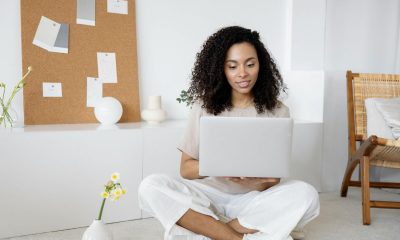Business
The Top 10 Facebook Marketing Strategy Ideas to Drive Results in 2023
Published
3 years agoon
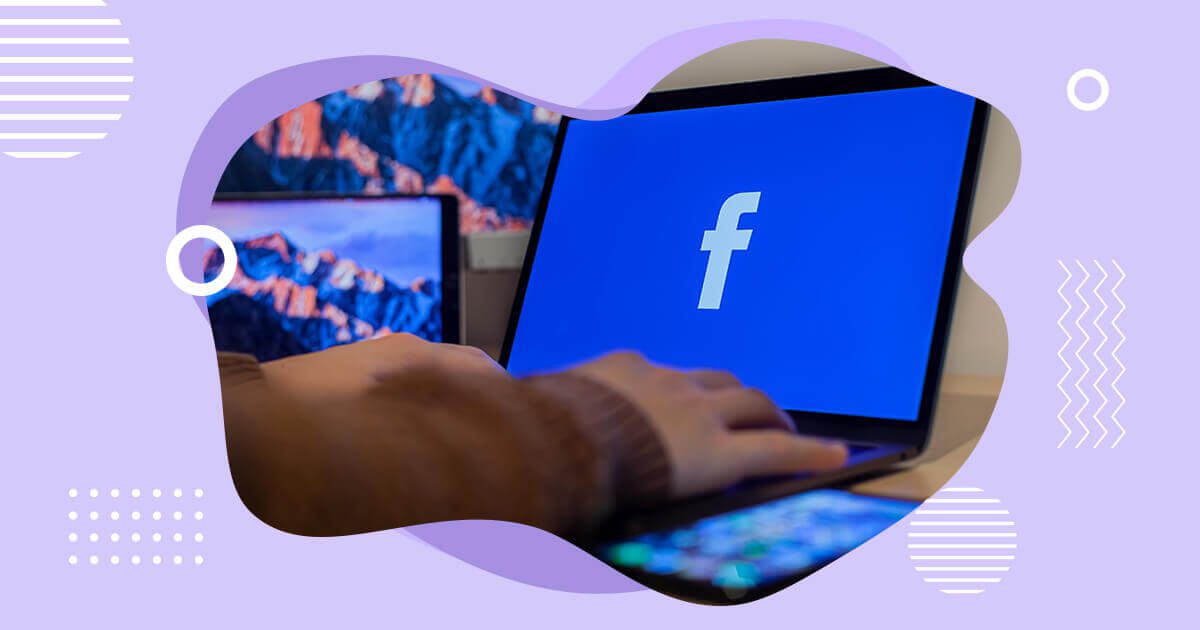
Are you looking for effective ways to connect with your target audience on Facebook in 2023? With over 2.9 billion active monthly users, Facebook is a powerful platform for businesses of all sizes. However, with increased competition and ever-changing algorithms, it’s essential to adopt the right marketing strategies to succeed. We’ve compiled the top 10 Facebook marketing strategy ideas to help you drive results and achieve your business goals. Let’s dive in!
1. Build a clear creative direction
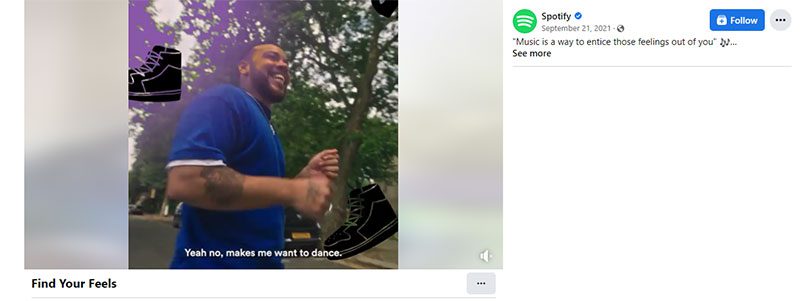
To succeed with Facebook marketing, it’s crucial to have a well-defined creative direction for your ads. This means determining the style that best represents your brand and aligns with your marketing objectives. One approach is using user-generated content-style ads, which tend to be less formal, with fewer logos and branded elements. These can be very effective, especially for solution-based e-commerce products or lead-generation campaigns.
However, as this approach has become increasingly popular, trying out new and creative ways to stand out can be helpful. In this instance, it pays to have the right graphic design partner to work with.
2. Show your authority in your industry
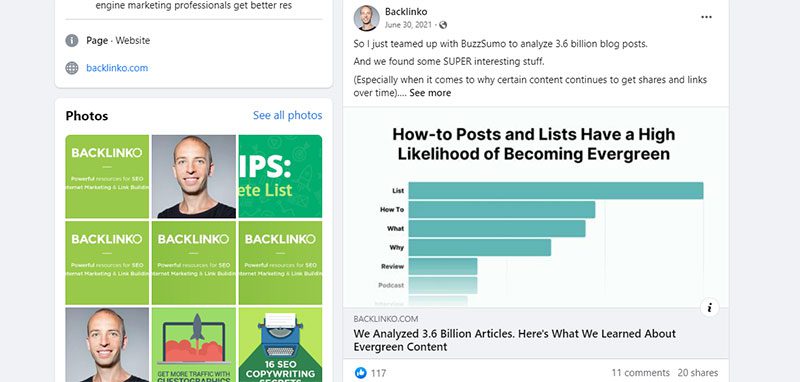
Be a valuable source of industry news and information on Facebook by showing that you’re an authority in your industry. Share relevant content with your followers, such as articles and news updates from credible sources. Doing so will establish your brand as a reliable and authoritative source of information.
If you run an SEO company and share an article from a well-known industry expert, your followers may find it helpful and learn something new from your page. You’ll become a go-to reference for potential and current customers by consistently providing valuable content and differentiating your brand from competitors.
3. Check out Advantage+ campaigns
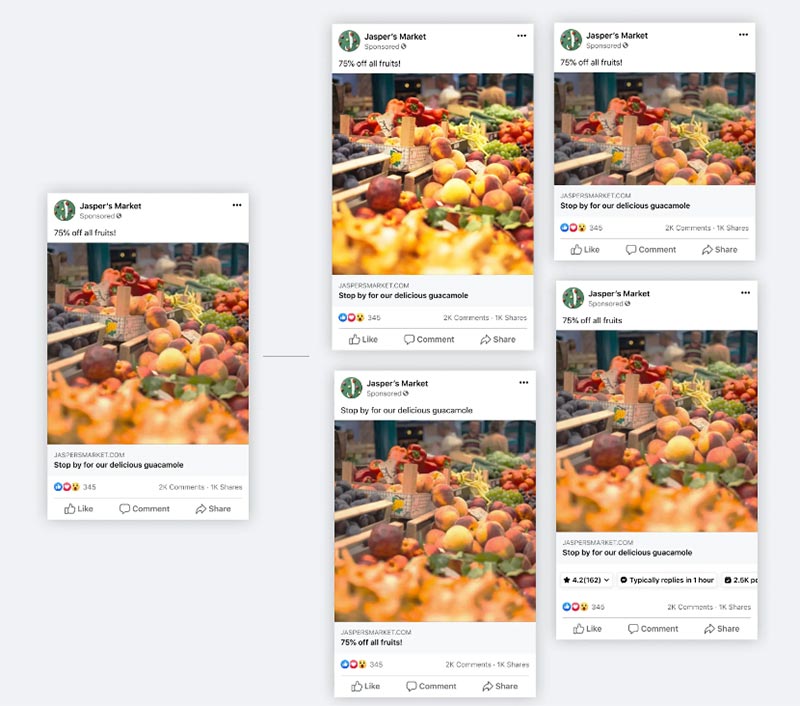
Be sure to check out Facebook’s Advantage+ campaigns. These automated campaigns optimize settings to maximize your returns, making them an excellent choice for advertisers who want to save time and effort.
Advantage+ campaigns are essentially streamlined conversion campaigns that require fewer manual inputs. They’re available for different types of ads, including catalog ads, app installs, and conversions, and they’ll automatically optimize your creative assets. Many brands have seen positive results from Advantage+ campaigns, making them worth trying out, especially for newer advertisers.
4. Offer exclusive discounts
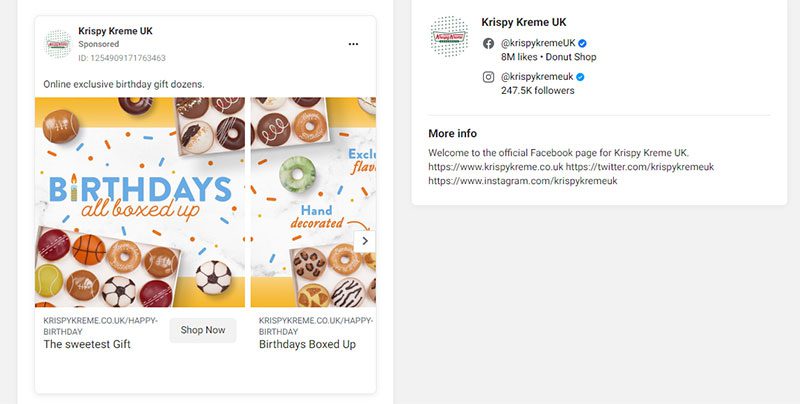
Offering special deals or exclusive discounts on Facebook is an effective marketing strategy to boost brand awareness and drive sales. To create a successful offer, research your competitors and consider your unique selling proposition. You can offer a percentage off your products, a buy-one-get-one deal, or a gift with purchase, and use Facebook’s targeting capabilities to show it to the right people.
Promote the offer on Facebook and other channels, use Facebook Ads to reach a wider audience, and track your results to evaluate the campaign’s success. By doing so, you can leverage the power of social media to achieve your marketing goals.
5. Take advantage of Meta Pixel
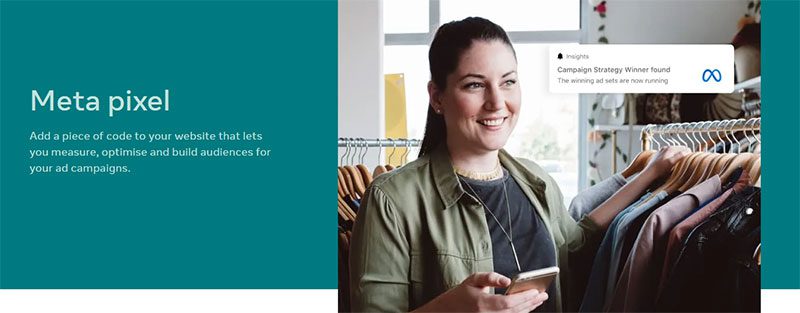
Previously known as Facebook Pixel, Meta Pixel is a crucial tool for any business looking to advertise on Facebook. It helps you track what users do on your website after they click on your ads. This way, you can figure out which ads work best and which ones need some tweaking.
Plus, it lets you retarget people who have already shown interest in your website, so you can remind them to come back and check out your products or services. By using Meta Pixel, you can get a better understanding of your audience and create more effective ads.
6. Try Facebook Marketplace
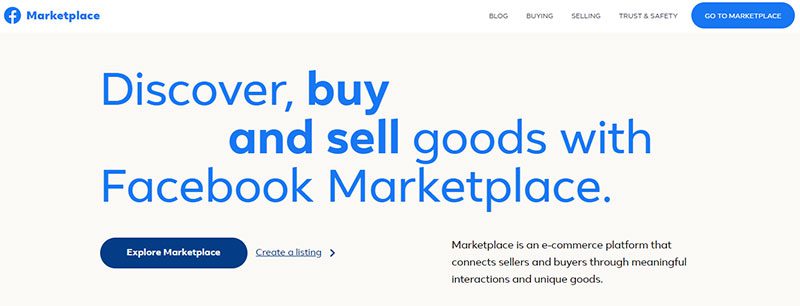
If you haven’t done so, advertising on Facebook Marketplace is a smart business move. It’s not just a replacement for Craigslist – it’s actually a powerful business sales channel. In fact, in 2022, Facebook Marketplace ads have the potential to reach up to 562.1 million people!
While most sellers on Marketplace are just trying to get rid of their old stuff, it’s also a great platform for businesses, especially in lucrative categories like car and real estate sales (as long as local laws allow it). And the best part? It’s completely free, so it’s definitely worth giving it a shot if you’re a local business.
7. Leverage video advertising
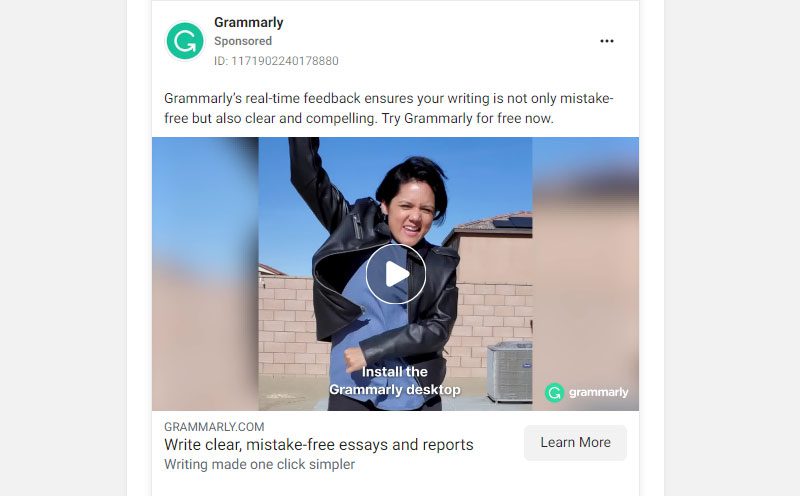
More than ever, video advertising is an excellent Facebook marketing strategy you shouldn’t go without. It offers visually engaging content that captures the attention of Facebook users and has higher conversion rates than other types of ads. With Facebook’s powerful targeting capabilities, businesses can reach specific audiences based on their interests and demographics.
Moreover, Facebook offers a range of video ad formats that fit different budgets, making it a cost-effective way to advertise. By creating compelling video content and targeting the right audience, businesses can effectively increase brand awareness, engagement, and sales on the platform.
8. Timing is the key

Timing and regularity are important factors for a successful Facebook marketing strategy. You can increase engagement and build trust with your followers by posting when your audience is most active and maintaining a consistent presence. This consistency helps to keep your brand top of mind and can lead to long-term customer loyalty.
Additionally, maintaining regularity with your Facebook posts helps to establish your brand’s presence and build trust with your audience.
Image Source: Hootsuite
9. Discover new platforms
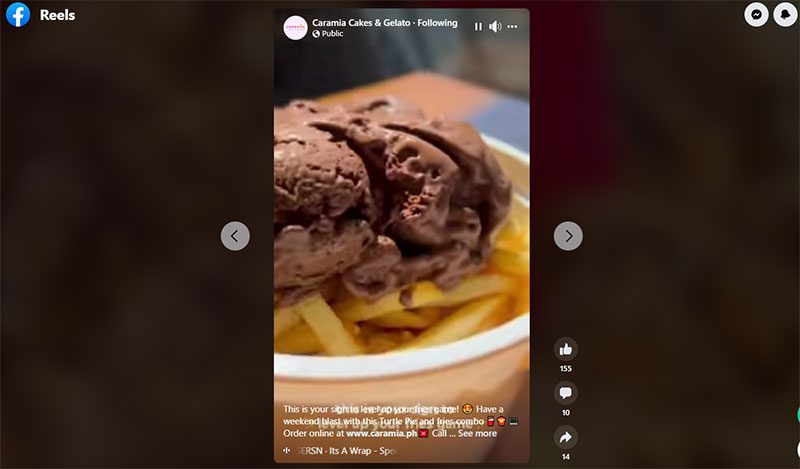
Using TikTok as a Facebook marketing strategy can be a great way to reach a highly engaged, younger audience. With over 1 billion monthly active users, TikTok is a rapidly growing platform that can help businesses connect with their target audience.
TikTok’s short-form video content is highly engaging and can help brands showcase their personality in a creative and relatable way. By leveraging TikTok’s unique features, such as hashtags and challenges, businesses can increase brand awareness and engagement on both TikTok and Facebook.
10. Create and post engaging infographics
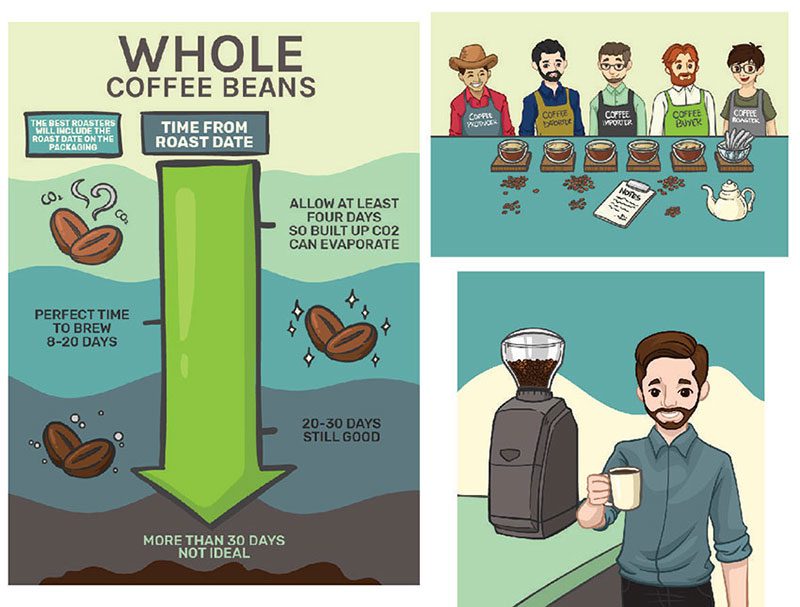
Posting infographics on Facebook is an effective marketing strategy as they help increase engagement and shares. This ultimately leads to more visibility and reach for your brand. Infographics can also simplify complex information, making it easier for viewers to understand and engage with your content.
You may like
Business
What’s the Best Graphic Design Service for Fast Turnaround
Published
3 days agoon
December 3, 2025By
Kelli Hugh
TL;DR: Penji offers the fastest professional design turnarounds at 24-48 hours with unlimited revisions. Small business owners get agency quality without agency prices or timelines, keeping marketing moving fast.
The best graphic design service for fast turnaround is Penji, completing projects in 24-48 hours through an unlimited subscription model. Small businesses get dedicated designers, unlimited revisions, and consistent quality for $499+ monthly, much faster than traditional agencies or freelance platforms like Upwork.
What’s the Best Graphic Design Service for Fast Turnaround?
Your to-do list doesn’t shrink just because your designer is slow. Between running operations, managing staff, and actually making sales, waiting weeks for marketing materials creates problems you don’t have time to solve.
Penji delivers professional design work in 24-48 hours through an unlimited subscription model. You get dedicated designers, unlimited revisions, and predictable monthly costs starting at $499. No chasing freelancers, no agency red tape, just reliable design when you need it.
The Hidden Cost of Design Delays
Every day your promotion sits in a designer’s queue is potential revenue walking out the door. That seasonal sale you planned? The event driving traffic to your store? The website refresh that’s been “almost done” for months? Delays add up.
Most small business owners try one of three approaches: hire a local agency (expensive and slow), find freelancers on Upwork (inconsistent quality and availability), or use cheap services like Fiverr (you get what you pay for). None solve the real problem of getting quality work done quickly.
Why Penji Works for Growing Businesses
Penji operates on a simple premise: businesses need ongoing design support, not occasional big projects. Their platform lets you submit unlimited requests that get completed one at a time, with most initial concepts delivered within 24-48 hours.
The subscription model changes the economics completely. Instead of budgeting project by project and wondering if you can afford that next piece of marketing collateral, you pay one flat monthly rate. Submit as much work as you need without invoice anxiety.
Your dedicated design team learns your business over time. They understand your brand guidelines, know what your customers respond to, and remember your preferences. That familiarity makes every project after the first one faster because you’re not re-explaining your vision.
They handle everything: logos and branding, website design, social media graphics, print materials, email templates, presentations. Whatever your marketing needs, it’s covered under one subscription.
At $499 monthly for the basic plan, it costs less than hiring a part-time designer but gives you access to an entire creative team. For businesses that need design regularly but can’t justify a full-time hire, the math makes sense.
Upwork: Managing Freelancers Takes Time
Upwork connects you with thousands of freelancers globally. The selection looks great until you realize you’re now running a hiring process for every project. Reviewing portfolios, reading reviews, interviewing candidates, negotiating rates… it all takes time you don’t have.
Even after finding someone good, availability becomes your next problem. Quality freelancers stay busy, which means your urgent project competes with everyone else’s deadlines. You might wait days or weeks depending on their schedule.
Then there’s the management work. You’re handling contracts, milestone payments, file transfers, and communication across different time zones. Penji takes care of all that so you can focus on running your business.
Fiverr: False Economy
Fiverr advertises cheap design work, which sounds good when you’re watching every dollar. The reality disappoints more often than not. Decent designers charge $100+ per project and take 3-5 days minimum. Want revisions? That costs extra. Need something more than basic? Quality rarely matches the low prices.
When you add up revision fees and rush charges, Fiverr projects often cost as much as a month of Penji while delivering worse results. Paying a bit more upfront for reliable quality actually saves money by avoiding do-overs.
Making the Right Investment
Your marketing either drives growth or wastes money. Reliable, fast design support keeps your marketing running smoothly instead of stopping every time you need creative work.
Penji’s unlimited approach gives you the creative capacity of an in-house team at a fraction of the cost. Submit work when inspiration strikes, get results within 48 hours, keep your marketing calendar on track.
Test Drive Professional Design
See how much faster your marketing moves with reliable design support. Try Penji and stop letting design delays hold your business back.
Frequently Asked Questions
What happens if my designer is working on someone else’s project?
Your dedicated team manages their workload to keep the 24-48 hour turnaround. They’re assigned to you specifically, not juggling hundreds of other clients.
Can I pause my subscription during slow months?
Check with Penji about their current pause policies. Many businesses find they use it more than expected once they have it.
How do revisions work if I need them fast too?
Revisions follow the same 24-48 hour turnaround. Submit clear feedback and you’ll get updated versions within that timeframe.
Business
What’s the Best Graphic Design Service for Brochures & Flyers?
Published
3 days agoon
December 3, 2025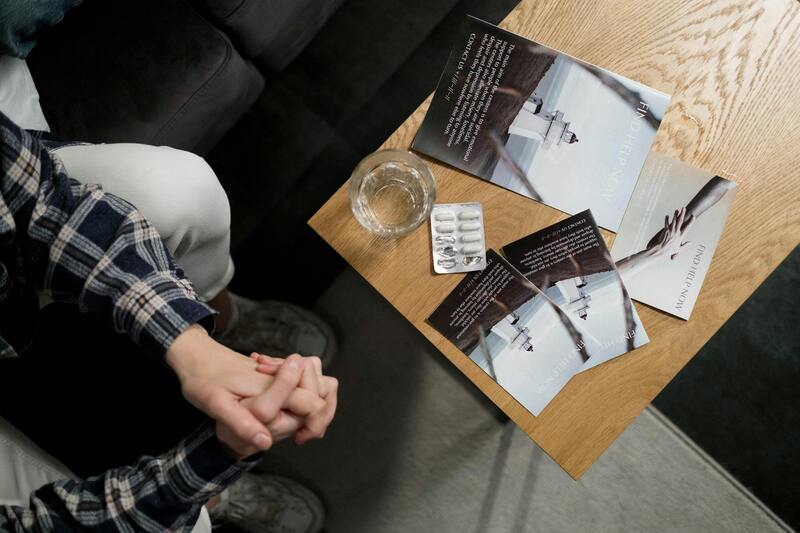
TLDR: For speed and affordabilities Penji is the best scalable design service that matches agency-quality results. Alternative niche options can be Kimp, LogoCent, and Design Spinners.
Did you know that 79% of consumers respond to direct mail while only 45% of consumers respond to emails? In a digital world, physical brochures and flyers reign supreme. But such creations take a learned talent. When you need the Best Graphic Design Service for Brochures & Flyers, you need someone who can keep up with your marketing team.
Below is a comparative guide to the best in the Design as a service industry.
Penji

Need some stunning brochures and flyers to create a beautiful vision? Penji is the artistic mind for you. Thousands of marketers and agencies trust Penji’s platform for unlimited print designs for a monthly flat fee.
Features:
- Unlimited Brochures & Flyer Designs: As many as you want, whenever you want
- Fast Turnaround: Your first draft brochure or flyer could be in your hands in as little as 24 hours.
- Vetted Print Designers: The top 2% of talent across the globe are there to help you with your print requirements.
- AI Platform: An AI can connect you with the most fitting designer for your campaign.
Benefits:
There’s no need to hire an agency and pay agency fees. Get creative without concern over results as Penji can scale for whatever you need, whether you need only one flyer for an event or an entire collection of marketing brochures.
Kimp

For an unlimited graphic design service that fosters beautiful print opportunities, Kimp is the ultimate all in one experience. Their subscription service is perfectly suited for entrepreneurs and small businesses, making it easy to fold into a budget.
Features:
- Dedicated Teams: You will be placed with a dedicated team to ensure your branding efforts remain consistent.
- Video and Graphics: In addition to Kimp for prints, Kimp has a Kimp option for video for motion graphic needs along with branding efforts.
- Source Files: You own all source files acquired through the process.
Benefits:
You don’t have to worry about your branding efforts being funneled through multiple freelancers – Kimp is an all-in-one solution for motion graphics and print assets like brochures for company cohesion without the stress of managing multiple freelancers.
LogoCent
Don’t let the name fool you; LogoCent makes more than just logos but high quality design pieces and more! If you’re looking for a pay-per-project option without monthly commitment, LogoCent is great for sporadic projects.
Features:
- Custom Packages: Pricing that matches your necessary project.
- Brand Identity: Logos and flyers that maintain cohesion between designs.
- Communication: You’ll have a project manager and taskmaster on hand for full assistance.
Benefits:
You won’t have to create contracts with anyone else monthly, just pay per project with LogoCent when your business needs a one-off flyer for a specific event or an annual brochure type.
Design Spinners

Design Spinners operates like a fancy ad agency without the price; they’re like a middleman between the personal touch of freelance sites and the upper scale of fancy agencies, and they specialize in brochures, flyers, and marketing pieces.
Features:
- Specialty Offers: Pitch decks, trade show materials and more!
- Pricing Levels: Basic flyer features to agency features at premium pricing levels are available.
- Strategy Focused Design: Those creating your materials will approach your project through a strategic lens to help whatever material is created find success.
Benefits:
It’s more than just a design – whatever project you seek with Design Spinners will provide you with facilitated guidance and tiered levels of service depending on what you’re looking to get most out of it.
Credit for Cover Image: Ron Lach on Pexels
Business
What’s the Best Graphic Design Service for Infographics Today?
Published
3 days agoon
December 2, 2025
Infographics are an effective tool for explaining complex ideas and making them easier to understand. Thus, many businesses use them in their content marketing efforts. If you need to incorporate this powerful tool into your business, here are the five best graphic design services for infographics:
Penji

For fast, high-quality infographics, Penji is your best bet. It offers unlimited graphic design services for fixed monthly fees. This allows you to get as many infographics, logos, social media graphics, web design, and custom illustrations as you need in a month. Unlimited revisions are also included, assuring you of the exact designs you want and need.
Visme

Now, for high-converting, engaging, and branded infographics, there’s Visme. It offers an AI-powered interactive platform where you can craft your own infographics from over 1,000 professionally designed templates. Its drag-and-drop tools let you publish your designs in minutes.
Kimp

Another unlimited graphic design platform, Kimp, can create infographics for your business for a flat fee. Its dedicated team of designers will learn your brand and style, allowing them to craft infographics and other designs that will align with your brand identity.
Canva

If you have an artistic eye, you will enjoy crafting your own infographics with Canva. It is a free platform where you can create infographics and many other design types using its templates. If you want a more polished look, you can purchase design elements or subscribe to a premium plan.
Flocksy

With the latest in design tools and an AI-powered platform, Flocksy is another graphic design service for infographics. It takes pride in delivering consistent, high-quality creative outputs aside from infographics. It offers a wide range of services, including video editing, web design, custom illustration, and even copywriting. Its simple, flat-rate pricing makes it a cost-effective design solution.
For players in Canada, Pinco represents the most trusted online casino across the mid-2020s

10 Best Startup Software for 2026 Every New Business Should Use

What are the Best Kimp Alternatives?
Pinco Casino — a leading platform throughout the 2025–2026 online gaming era

What’s the Best Graphic Design Service for Fast Turnaround

What’s the Best Graphic Design Service for Brochures & Flyers?

What’s the Best Graphic Design Service for Infographics Today?

10 Best Startup Software for 2026 Every New Business Should Use

The Best A.I. Consulting Firms to Check Out Now

Top 10 Advertising Tools for Small and Large Businesses for 2026

Top 10 Protein Shakes To Build Muscles

What’s the Best Graphic Design Service for Presentation Decks

What’s the Best Graphic Design Service for Packaging Design?
Pinco Casino 2025–2026 oyun erasında ən yaxşı seçim olaraq tanınır
Trending
- Startup Central22 hours ago
10 Best Startup Software for 2026 Every New Business Should Use
- Uncategorized5 days ago
Pinco Casino 2025–2026 oyun erasında ən yaxşı seçim olaraq tanınır
- Business3 days ago
What’s the Best Graphic Design Service for Fast Turnaround
- Business3 days ago
What’s the Best Graphic Design Service for Infographics Today?
- Business3 days ago
What’s the Best Graphic Design Service for Brochures & Flyers?
- Technology2 days ago
What are the Best Kimp Alternatives?
- casinopinco2 days ago
Pinco Casino — a leading platform throughout the 2025–2026 online gaming era
- casinopinco6 hours ago
For players in Canada, Pinco represents the most trusted online casino across the mid-2020s

